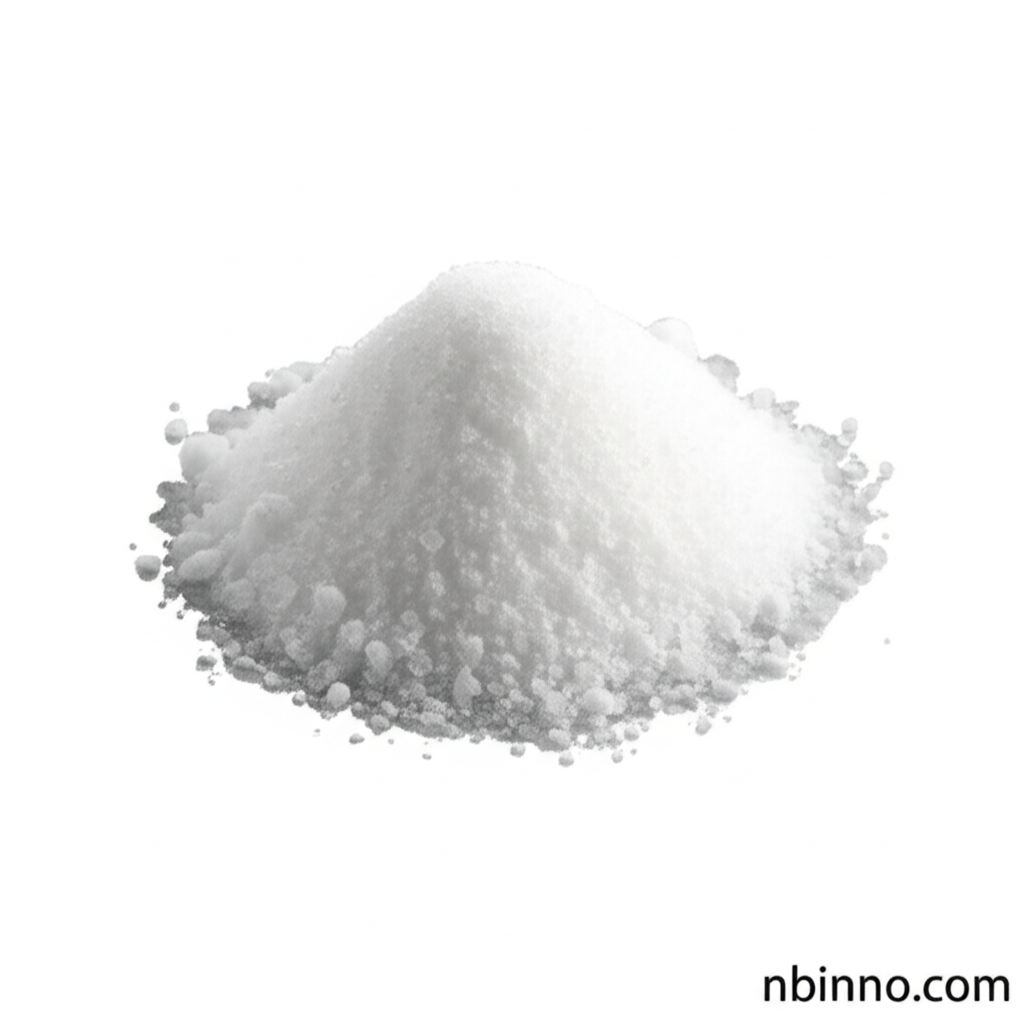High-Quality 3-Methoxy-2-nitrobenzaldehyde CAS:53055-05-3: Synthesis and Applications in Organic Chemistry
Discover the critical role of 3-Methoxy-2-nitrobenzaldehyde (CAS:53055-05-3) as a versatile intermediate in organic synthesis. Explore its chemical properties and applications that make it indispensable for pharmaceutical and fine chemical production.
Get a Quote & SampleProduct Core Value

3-Methoxy-2-nitrobenzaldehyde
As a leading supplier in China, we offer high-purity 3-Methoxy-2-nitrobenzaldehyde (CAS:53055-05-3), a crucial building block for advanced organic synthesis. Our commitment to quality ensures reliable performance in demanding research and manufacturing processes. We are dedicated to providing top-tier chemical intermediates to meet diverse industrial needs.
- Leverage our extensive knowledge in Organic Synthesis for your next project.
- Benefit from the precise chemical properties of CAS 53055-05-3 for reliable outcomes.
- Utilize this key Pharmaceutical Intermediate for efficient synthesis pathways.
- Explore advanced applications with our high-quality Nitrobenzaldehyde derivatives manufacturing.
Advantages Provided by the Product
Synthesis Versatility
The unique structure of 3-Methoxy-2-nitrobenzaldehyde makes it an exceptionally versatile intermediate, enabling the creation of a wide array of complex organic molecules for various industries.
Purity and Reliability
Sourced from reputable manufacturers, our product ensures high purity, a critical factor for success in sensitive organic synthesis and pharmaceutical intermediate applications.
Research and Development Focus
This chemical is instrumental in R&D, allowing chemists to explore novel synthetic routes and develop new compounds, thereby advancing scientific discovery in organic chemistry.
Key Applications
Pharmaceutical Synthesis
3-Methoxy-2-nitrobenzaldehyde is a vital component in the synthesis of active pharmaceutical ingredients (APIs) and intermediates, contributing to the development of new medicines.
Fine Chemical Production
Its utility extends to the fine chemical sector, where it is employed in the creation of specialized chemicals and materials requiring precise molecular structures.
Organic Chemistry Research
Researchers extensively use this compound in academic and industrial settings to study reaction mechanisms, develop new synthetic methodologies, and explore novel chemical transformations.
Material Science
As a building block, it can be incorporated into the synthesis of functional materials, contributing to advancements in material science and its applications.
